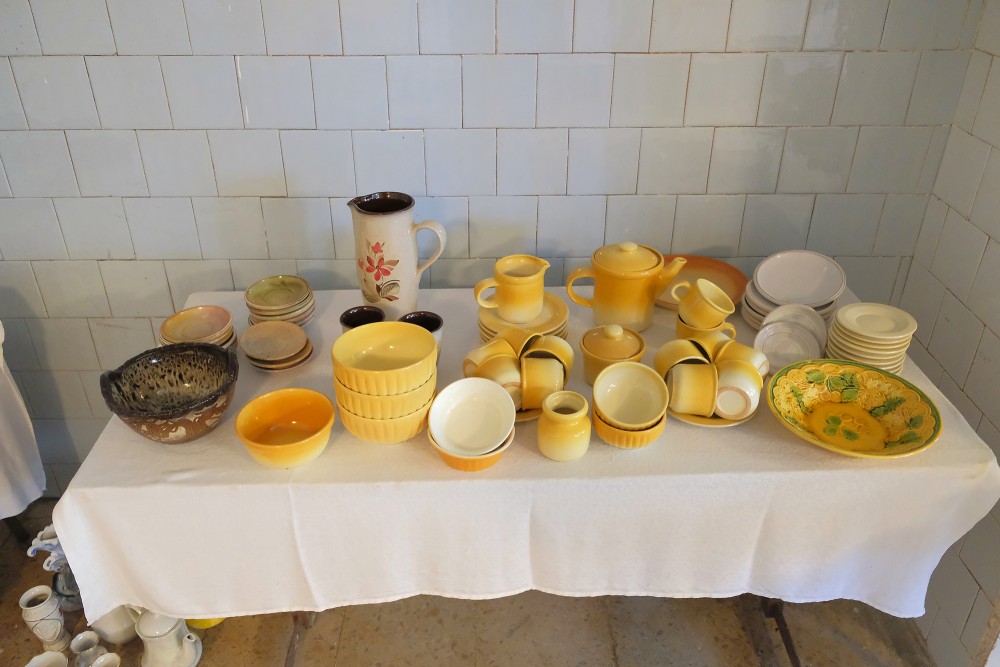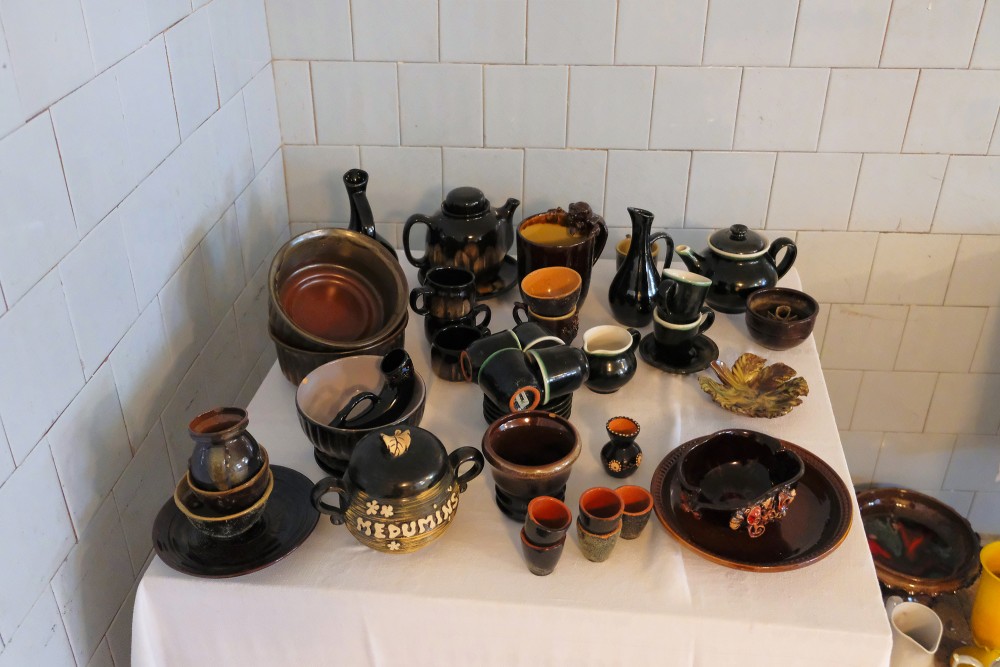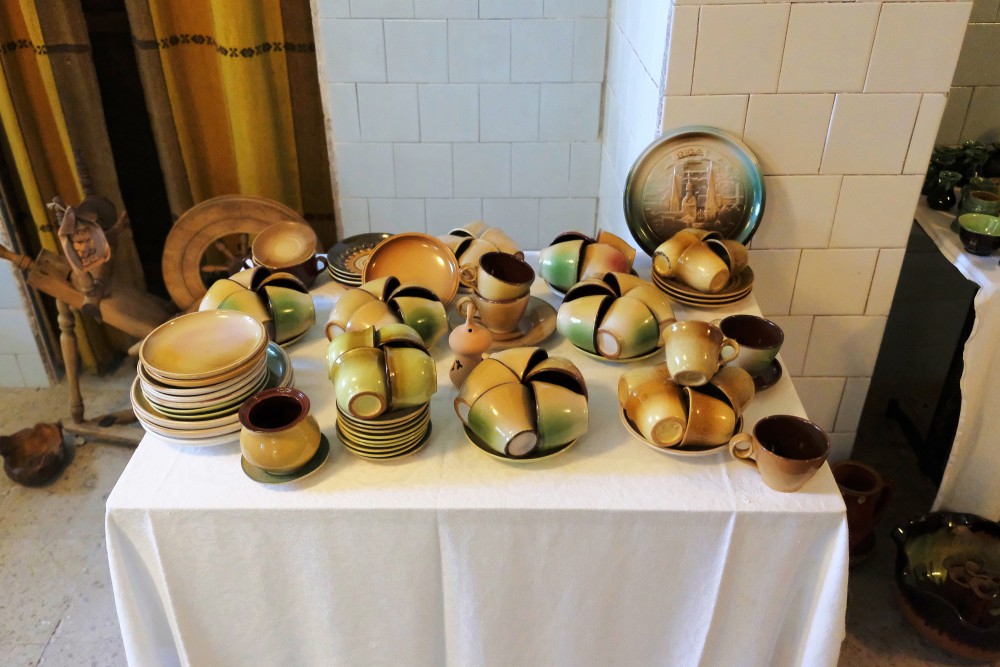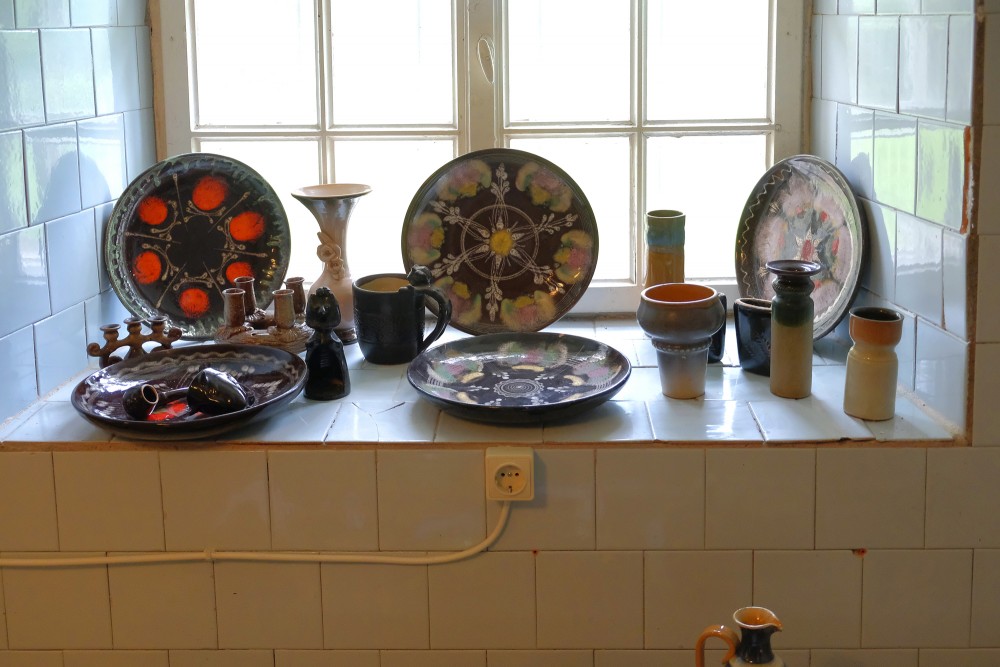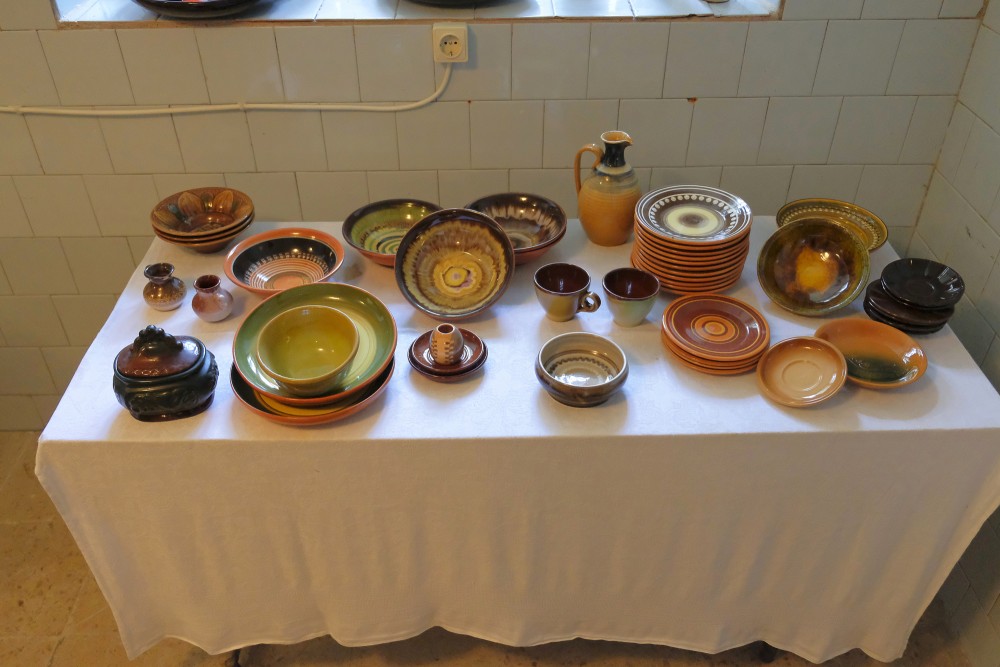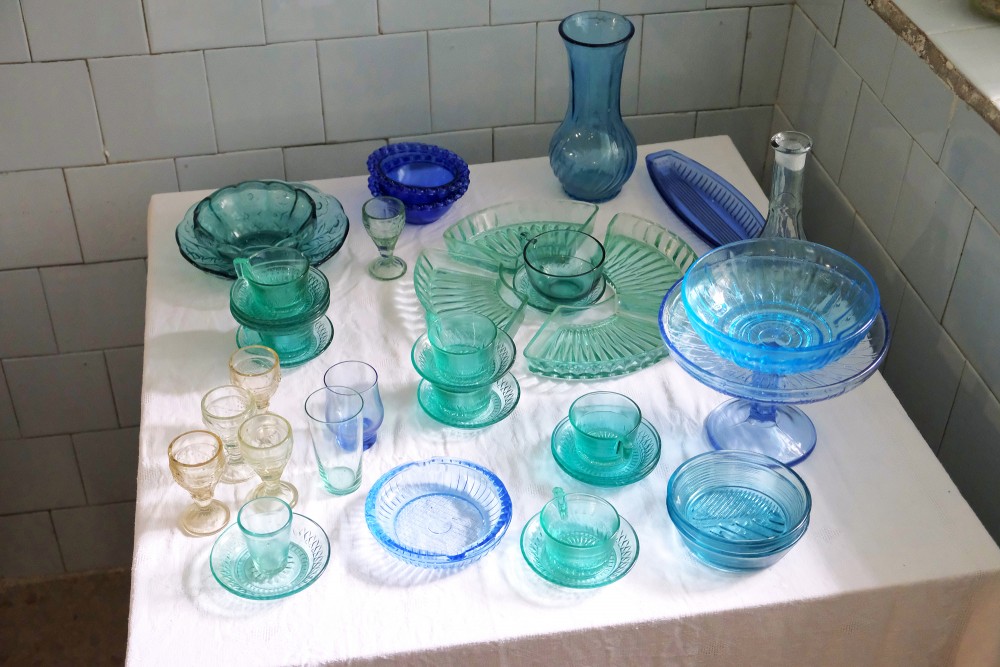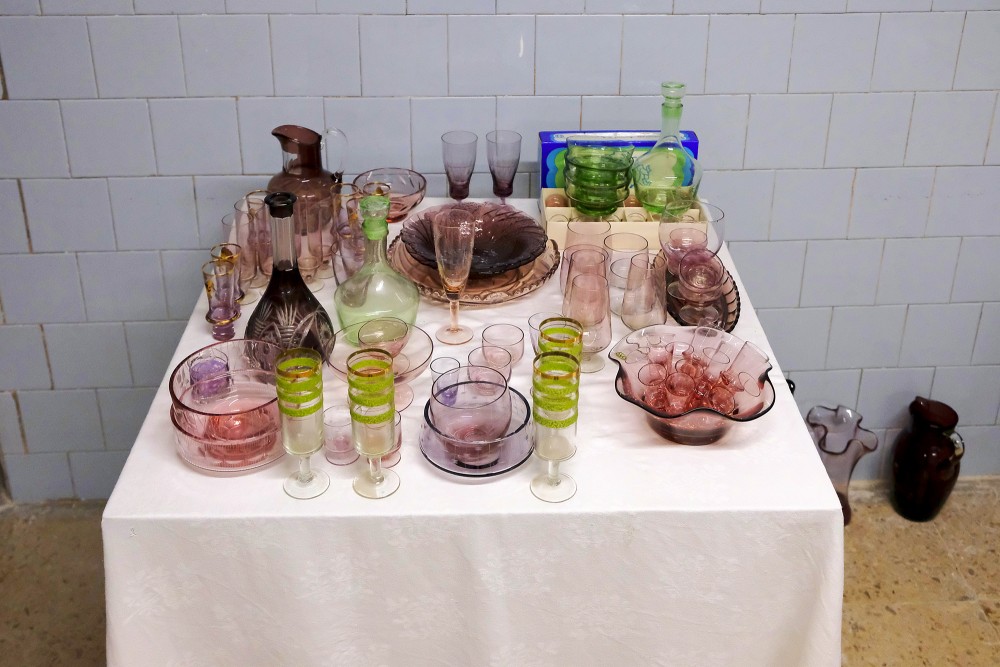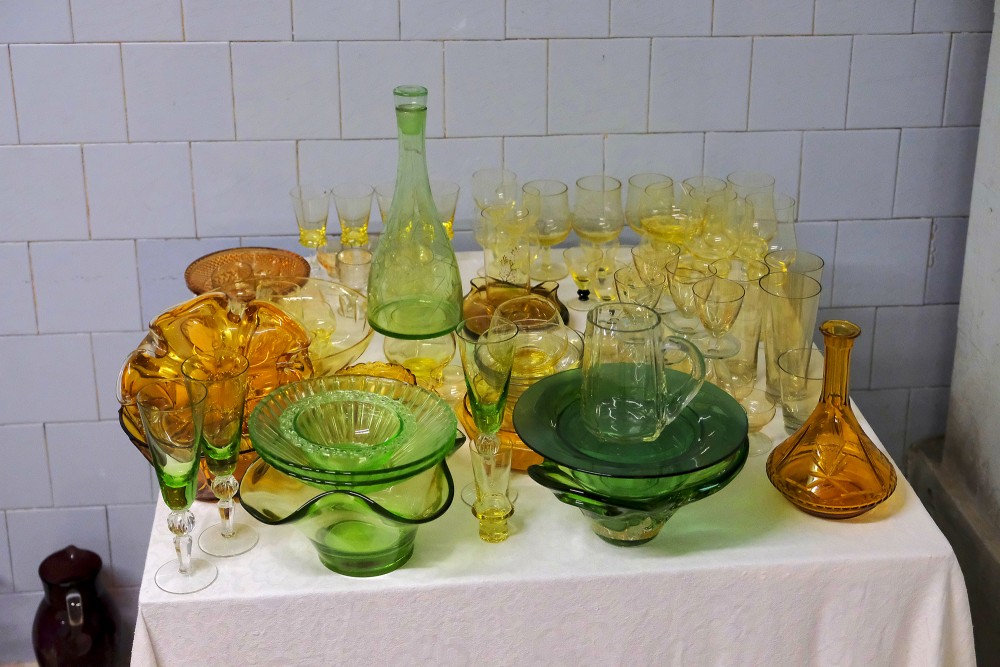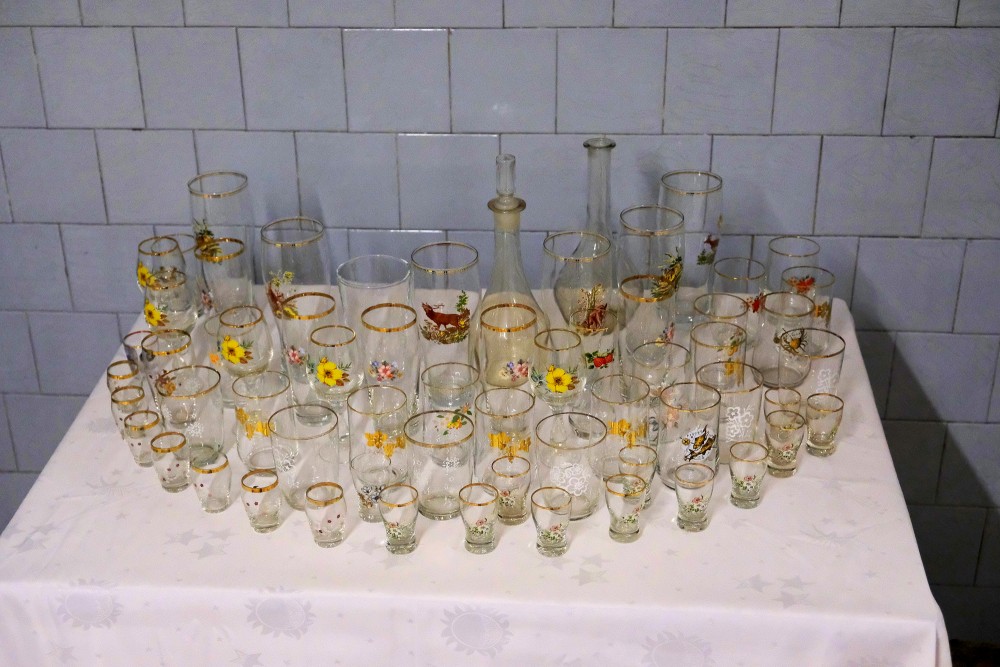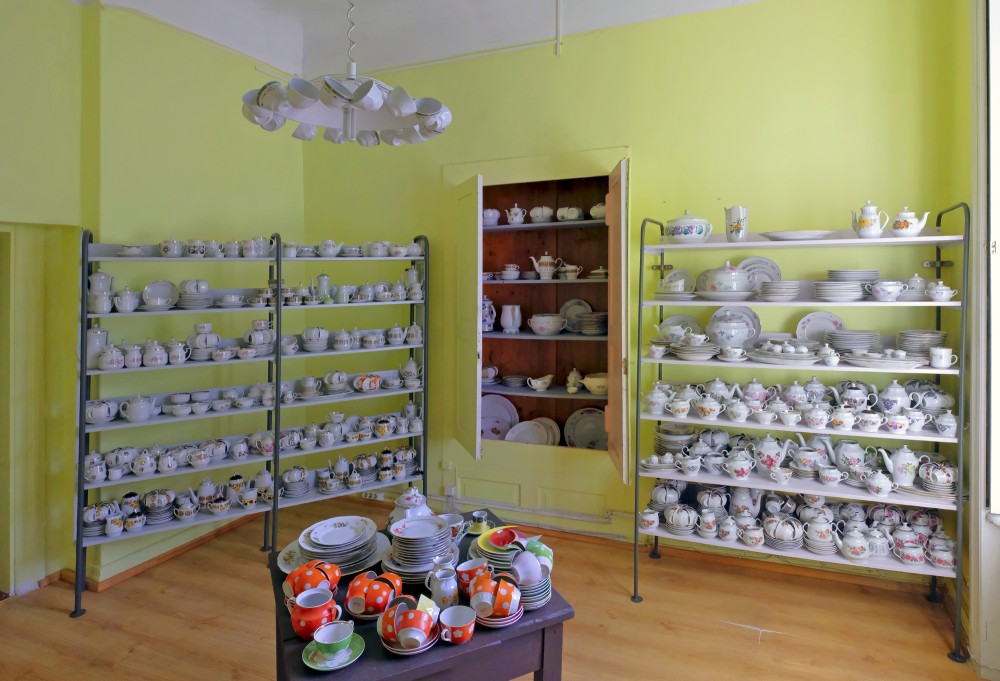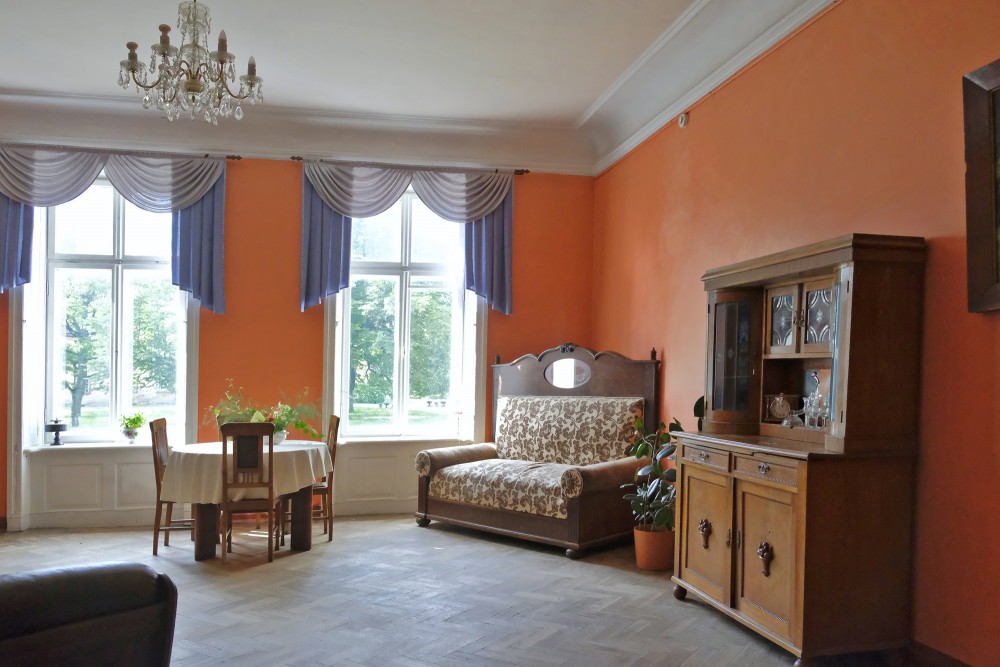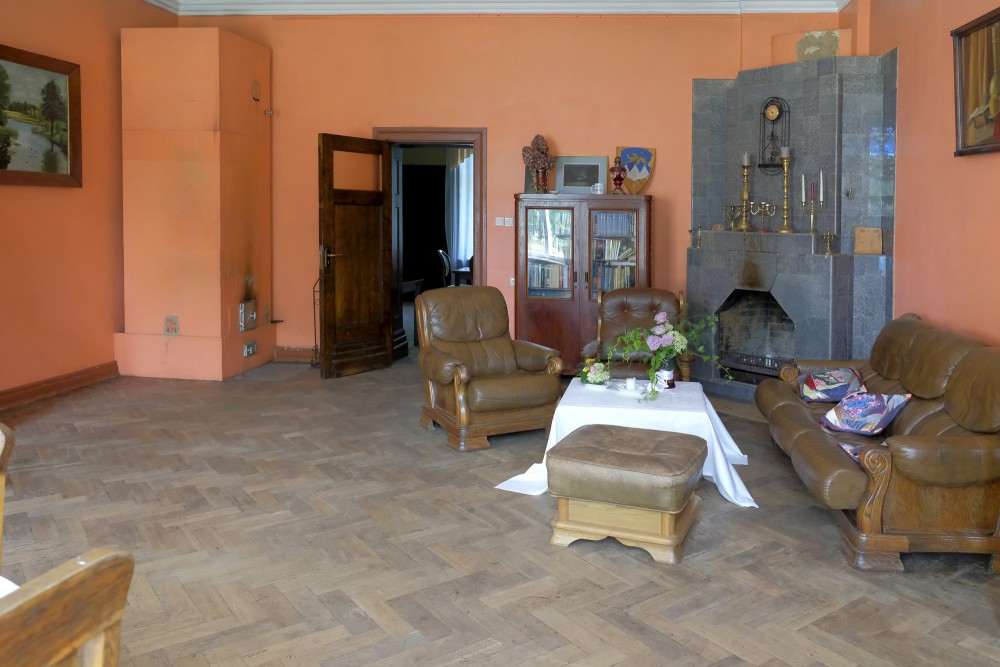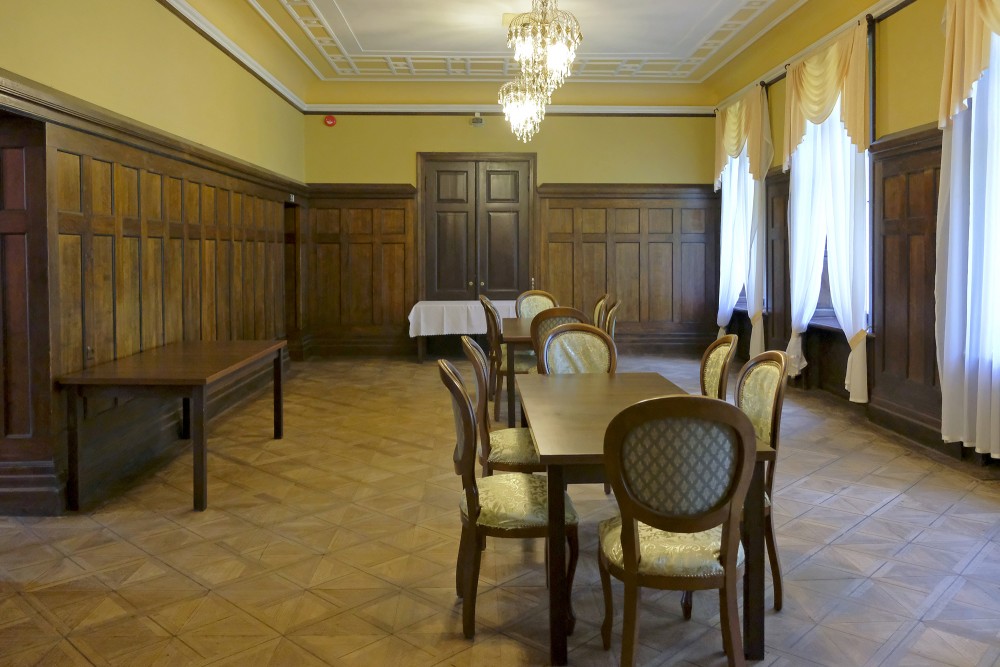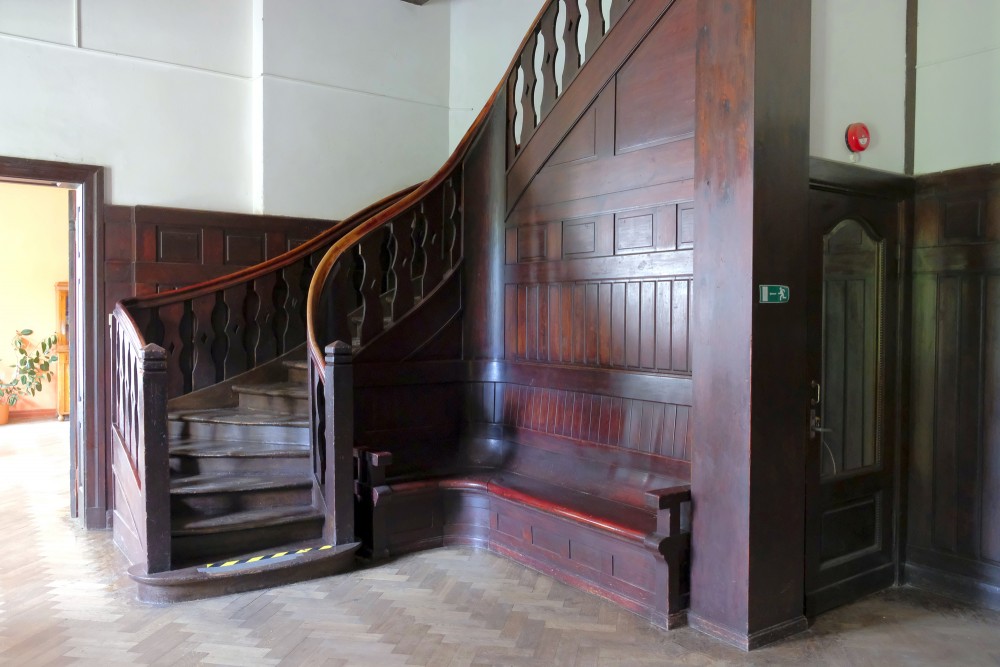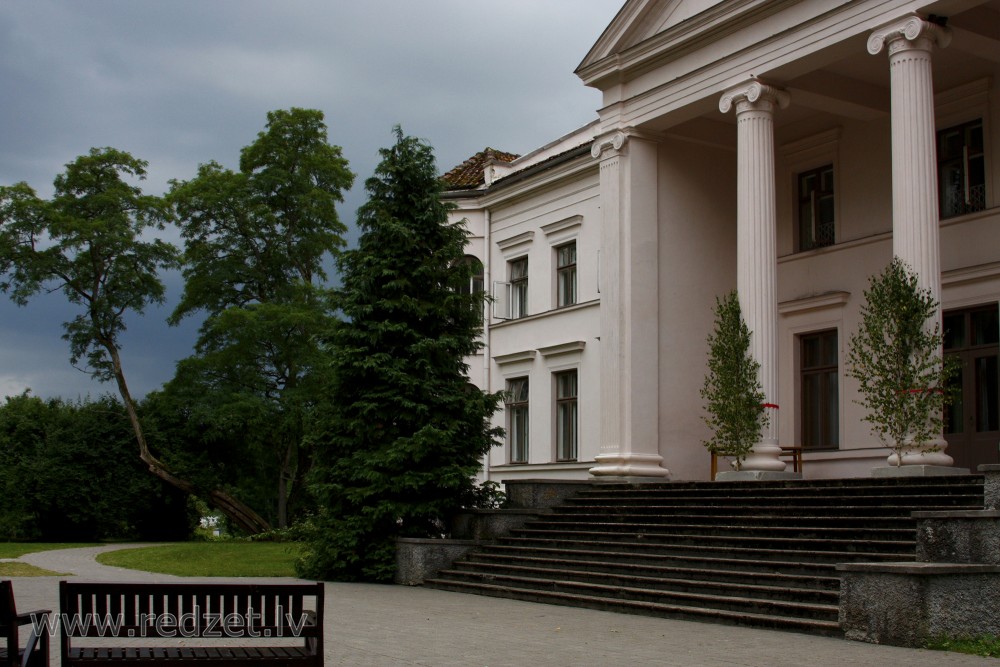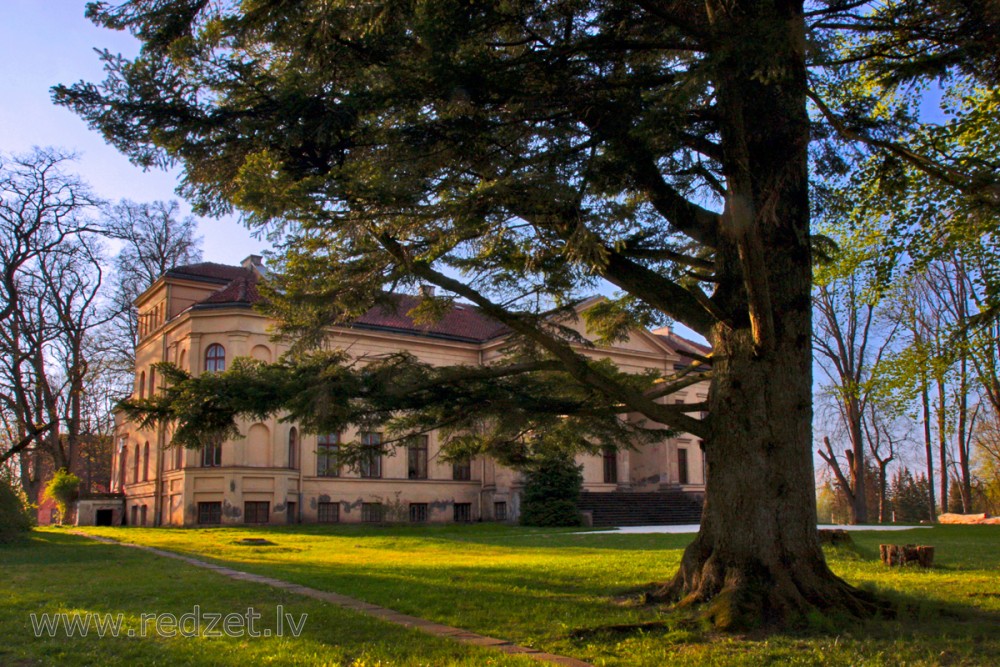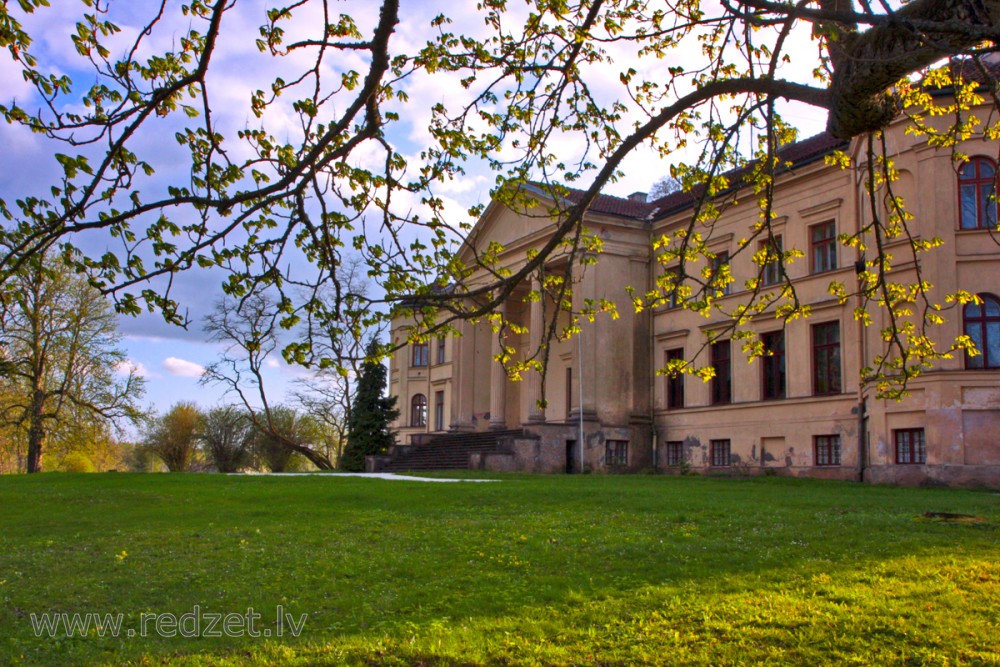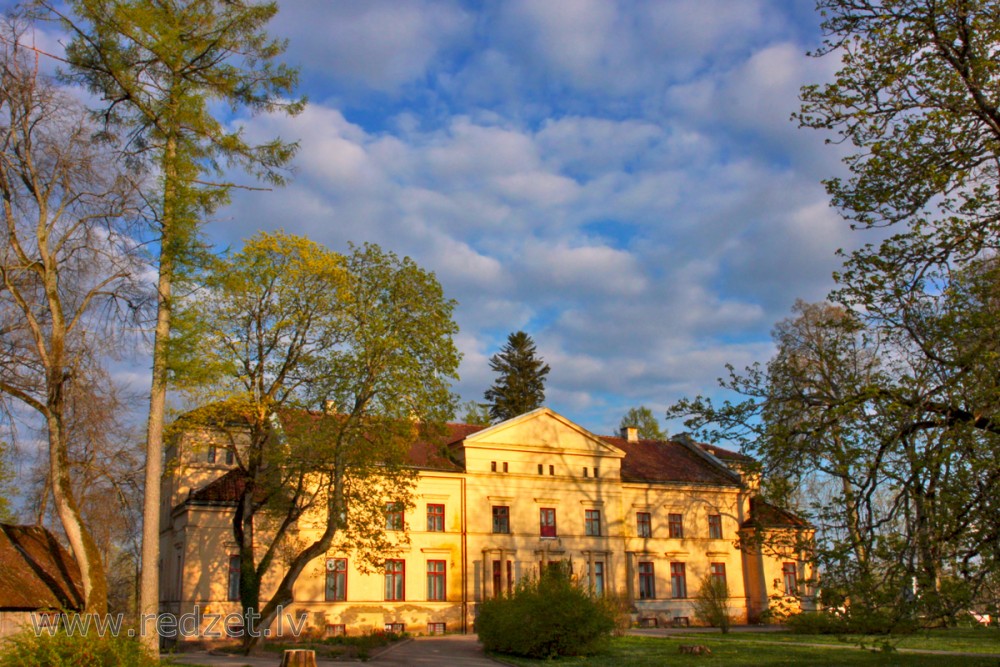Ivande Manor House
Īvande Manor (Latvian: Īvandes muižas pils), also called Lielīvande Manor (German: Schloß Groß-Iwanden), is a manor house in Īvande parish in Kuldīga municipality in the historical region of Courland, in western Latvia.
History
The manor Groß-Iwanden was created by the merger of several small estates. In the middle of the 16th century the estate was owned by the family of Rudolf Steinrat. The property remained in the Steinrat family for three generations and was enlarged by them. In 1643 it was sold to Hofmarschall Christof von Sacken. In 1646 the property was sold again, this time to Dettlof von Tiesenhausen. The estate was inherited in 1690 by Ernst Gotthard von Manteuffel-Szoege. There being no heirs, the property was sold in 1750 to Friedrich Johann von Schlippenbach on Gaicken, and Muischazeem. In 1821 property was sold to Peter von Medem. In 1853 the estate was resold to Baron Eduard von Heyking. The property remained was subsequently in the possession of the Heyking family until its expropriation in 1920. The present house was built as a neoclassical building around 1860 to designs by the architect Theodor Zeiler. On the park side, there is a huge portico supported by two free-standing and two imposing massive colossal Ionic columns. The main building was destroyed by fire in 1905, but rebuilt in 1912–1913. The manor house and its extensive park is now in very good condition and in use as a youth hostel.
en.wikipedia.org
The ensemble of the former Ivande Manor contains the well preserved 18th and 19th century manor buildings, a barn and a stable. There are several secular trees in the park, including the biggest fir in the Baltics.
Next Besides the 18th century dwelling house “Osenieki”, there is also the new castle built after 1860, which was renewed and altered in 1912 after being burnt down. Next to the castle there is a memorial stone for writer Martins Kalndruvis (1916 – 1992), whose native house used to be nearby. The tallest European fir in Latvia is growing in the park.
The new castle was built opposite the old manor-house in the other half of the19th century in the style of neo-classicism based on a project by architect T. Zeilers. (K. Veinberga, J. Zviedrans). The water-mill was built in 1842 and is still functioning. There is a row of ponds and a landscape park with walking paths set up in the mid-19th century next to Lielivande Manor.
www.kurzeme.lv

